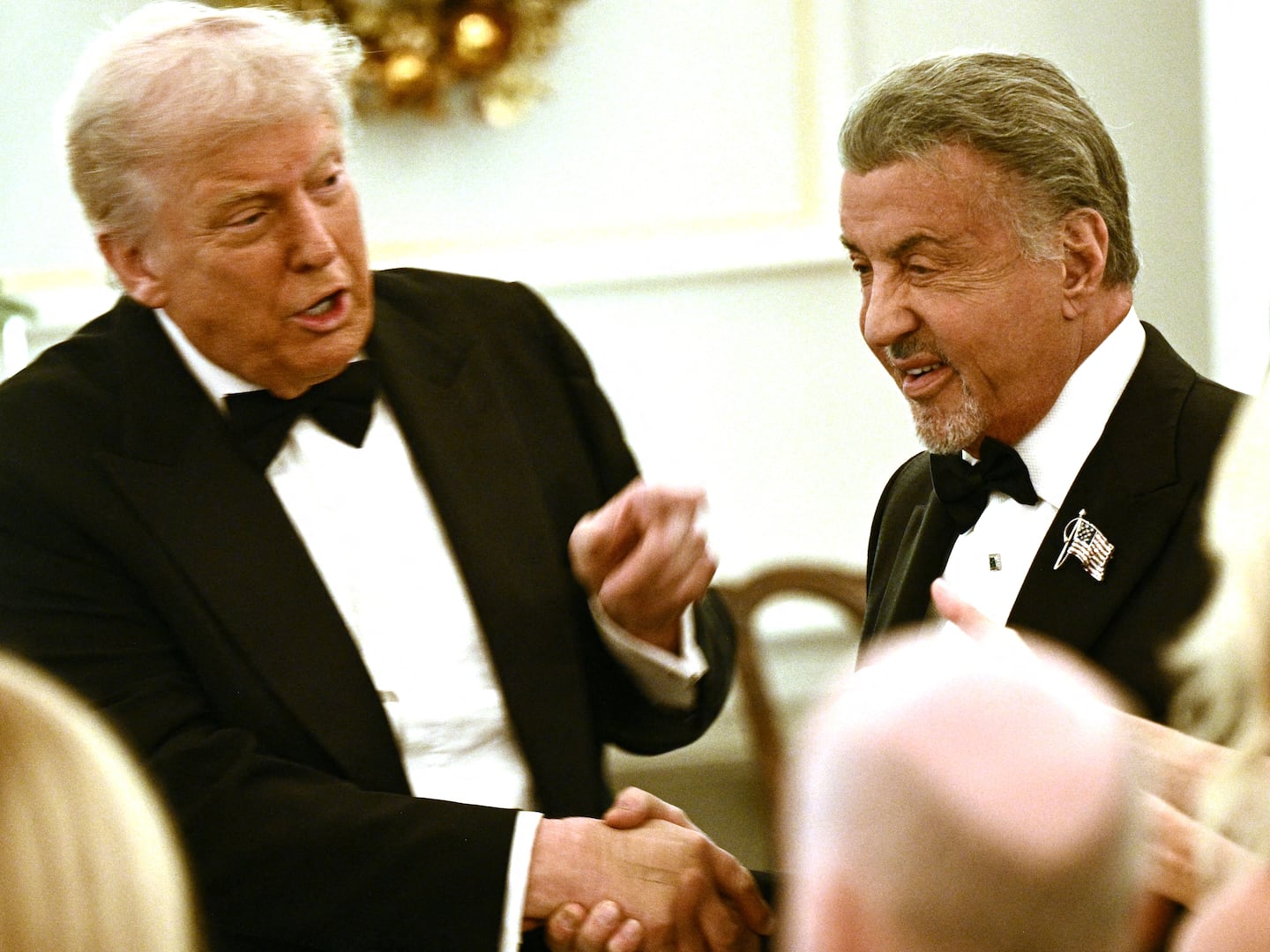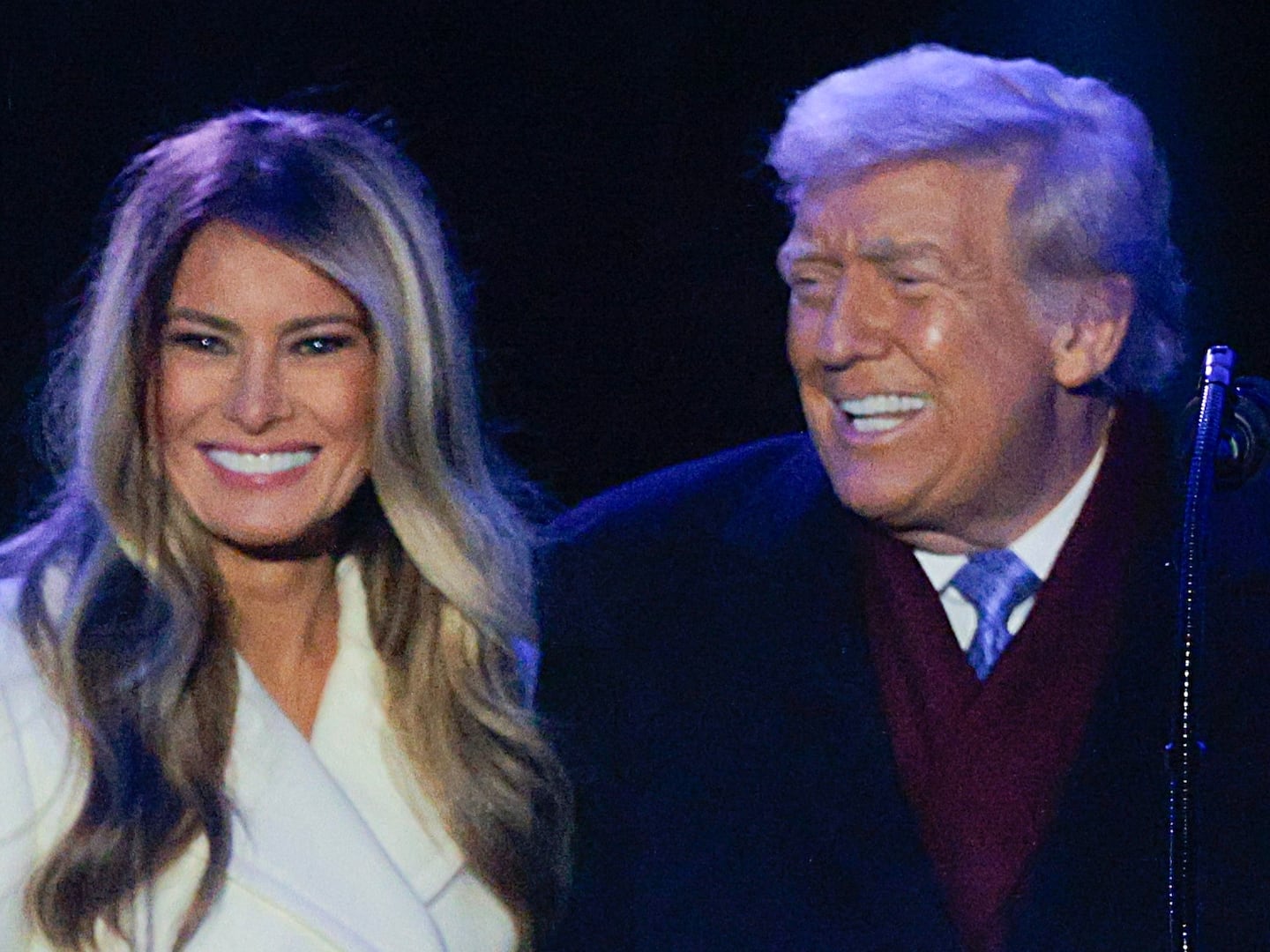Among the legions of people the world over heartened by the arrival of Joe Biden in the White House, we can surely count Ayatollah Ali Khamenei, and Hassan Rouhani, the supreme leader and president of Iran, respectively. Iran and the United States, close allies from the ’50s through the late ’70s, have been engaged in an undeclared, low-intensity war since Ayatollah Ruhollah Khomeini established the Islamic Republic of Iran in 1979, seized more than 50 American hostages at the U.S. embassy in Tehran, and declared the United States to be the “Great Satan.”
During the Trump years, the relationship reached a new nadir.
Back in 2018, Trump vowed to wage a “maximum pressure” campaign against Iran “to eliminate the threat of Iran’s ballistic missile program; to stop its terrorist activities worldwide; and to block its menacing activities across the Middle East.” He withdrew the United States from the nuclear accord widely known as the Joint Comprehensive Plan of Action (JCPOA), in May 2018, and imposed a welter of sanctions against the Iranian regime in the hopes of forcing it into signing a new agreement with more stringent restrictions on its nuclear program and its destabilizing policies in the Middle East.
The consensus view among both military and Middle East experts today is that none of these objectives has been achieved. Trump’s strategy, they say, did little more than isolate the United States from its allies, who stuck by the JCPOA, encourage Iranian adventurism, and make the Middle East a more volatile place.
Little wonder it failed. The application of “maximum pressure,” like so many other Trump initiatives, was always shaped far more by the president’s personal delusions, fantasies, and whims than any sort of coherent strategic vision. “Apart from Mike Pompeo and a handful of neoconservatives,” writes Iran expert Barbara Slavin at the Atlantic Council, a Washington think tank, Trump’s strategy “has found few defenders.” It’s a policy that doesn’t work, she says, because it’s “all pressure and no incentives.” And it failed to lead to serious negotiations between Tehran and Washington with a view to working out new ways of managing their conflicting interests.
Indeed, Iran has remained defiant, tossed aside restrictions on its production of low-grade uranium, added more centrifuges, and shortened the “breakout” time for producing a nuclear weapon to about six months. It has also carried out an effective propaganda campaign against the draconian Trump strategy, disrupted international shipping in the Persian Gulf, downed an American surveillance drone, and killed three Americans. There are no signs that it has toned down its support for operations against American interests or those of its allies in the Middle East. If anything, the reverse is true. In Iraq, it continues to exercise far greater influence over political developments than the United States, despite the loss of more than 4,500 American lives in the Iraq War.
Just as the “maximum pressure” campaign to tame Iranian ambitions was about to be cast into the extra-large dumpster of failed American strategies in the Middle East, it produced yet another serious war scare—the first of several since the United States withdrew from the nuclear deal. This crisis began to take shape in mid-November of last year, when it was widely reported in the media that President Trump’s advisers had to dissuade him from launching an air attack on Tehran’s nuclear development site at Natanz. Two weeks later, operatives from Israel’s Mossad assassinated Iran’s leading nuclear scientist, Mohsen Fakhrizadeh, just a few miles outside of Tehran. Iranian officials vowed to avenge his death, which they blamed on both the United States and Israel.
Sure enough, on Dec. 20, Shiite militiamen in Baghdad—trained, armed, and paid by Iran’s clandestine Quds Force—showered the American embassy compound with more than 20 rockets. In the last several days of 2020, several senior Pentagon officials spoke anonymously to leading news outlets about classified intelligence reports indicating that Iran had been moving more short-range ballistic missiles to its proxy forces in Iraq and appeared to be planning a complex attack against Americans in the area.
The attack never came, and not without good reason. Why, one must ask, would Iran risk an attack on the United States just as Joe Biden was about to take the helm of American foreign policy? Biden has consistently condemned Trump’s “maximum pressure” strategy, and repeatedly said that he wants the United States to rejoin the JCPOA, and to enter into extended diplomacy with Tehran regarding other issues of contention. In an op-ed piece on CNN last September, Biden wrote that Trump had “recklessly tossed away a policy that was working to keep America safe and replaced it with one that has worsened the threat.” Biden wants to “offer Iran a credible path back to diplomacy.”
President Rouhani has expressed keen interest in negotiating with Biden, and although it won’t be an easy trick to work out the details of a new iteration of the JCPOA with the United States back in, it seems very likely that such an agreement can and will be reached within a matter a few months. After all, Iran is desperate to get relief from Trump’s extensive web of economic sanctions, which have hurt the Iranian people far more than they have affected Iranian foreign policy. Biden joins the vast majority of the international affairs community in believing the world will be a much safer place once the United States is back on side, which will open the door to discussion of other issues of contention, of which there are more than a few.
The two crucial issues to grapple with after the two countries have reached a new understanding about the JCPOA concern Iran’s sophisticated ballistic and cruise missile programs, which are not addressed in the JCPOA at all, and the activities of the Quds Force, so ably built up and led by General Qassem Soleimani, who was killed just over a year ago by an American drone attack outside of Baghdad, leading to fears of a major shooting war.
Iran’s missile programs are large, growing, and pose a major threat to American interests and forces in the region. Missiles are Iran’s chief deterrent against its many enemies and compensate effectively for the country’s weak and unreliable conventional forces.
The Quds Force consists of about 5,000 men. It’s a kind of hybrid of the CIA and the U.S. Special Forces. According to New Yorker journalist Dexter Filkins, its members are "divided between combatants and those who train and oversee foreign assets." The force has branches focusing on intelligence, finance, politics, sabotage, and unconventional warfare.
From Washington’s point of view, Quds’ most troubling activity has been its role as a “force multiplier.” Quds operatives have trained, funded, and armed a vast network of proxy forces throughout the greater Middle East, including Hezbollah in Lebanon, a handful of Shiite militia groups in Iraq, the Houthis in Yemen, and Shiite military units in Saudi Arabia, to name but a few. According to Iran expert Ray Takeyh of the Rand Corporation, this proxy force network today may consist of as many as 200,000 fighters, though they are hardly all at Tehran’s beck and call at any given time.
Iran’s proxies, usually supported by Quds advisers, have been deployed against the United States or its allies in the Lebanese civil war of the ’80s; the wars in Afghanistan and Iraq; the civil war in Syria, and in the Saudi-Houthi struggle in Yemen, among other places. According to Afshon Ostovar, a widely published expert on Iran defense and security policy at the Naval Postgraduate School in California, “militant clients are the only tool Iran has for extending its strategic footprint and directly countering its adversaries through armed force. For that reason, they have become the centerpiece of Iranian grand strategy, and an investment Tehran is not likely to abandon.”
Iran is not going to agree to limit the development of either of these programs without substantial concessions from the United States and its allies, probably in the form of a mix of guarantees to refrain from offensive operations against it, as well as economic incentives of various types. The missiles are essential to the country’s survival, and, as Ostovar says, the Quds force and the proxy militias are Iran’s primary means to shape the political dynamics of the Middle East.
It’s been 40 years since America and Iran severed diplomatic relations. The two adversaries have sharply conflicting geopolitical visions of the region; both sides see themselves as pivotal players in Middle East. Each side sees the other as playing the game via illegitimate and illegal means. The long struggle between the two nations has been waged through a bewildering variety of political, economic, and diplomatic means, but also through violent struggle via proxy forces, and even occasional conventional combat. Bitterness and mistrust have repeatedly sabotaged sincere attempts by both parties to reset the relationship and produce some sort of limited détente.
Yes, it will be difficult to come to new arrangements, but if not now, when? The time to do difficult things in the Middle East has arrived, and Joe Biden, who is a natural conciliator and a deeply experienced international statesman, is just the sort of leader who could bring about a crucial change in the volatile relationship between Iran and the United States. If the United States and the Soviet Union found a way to discipline and control their life-and-death struggle during the Cold War, why can’t the United States and Iran do the same thing?







